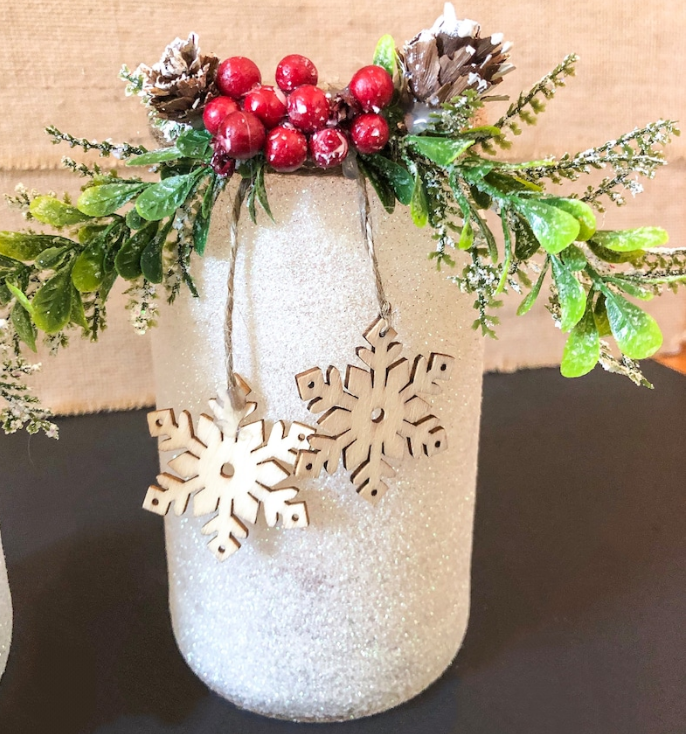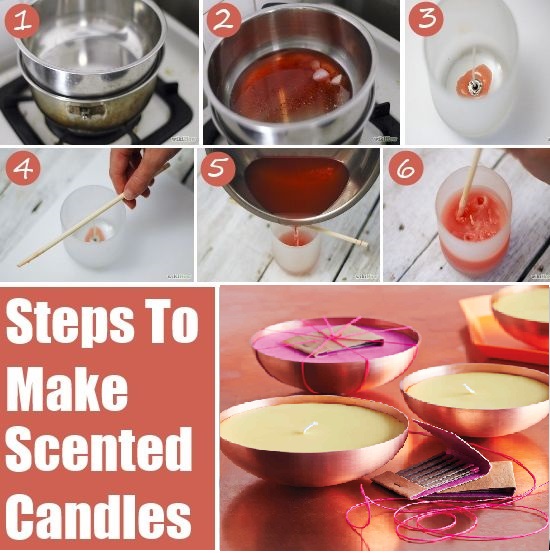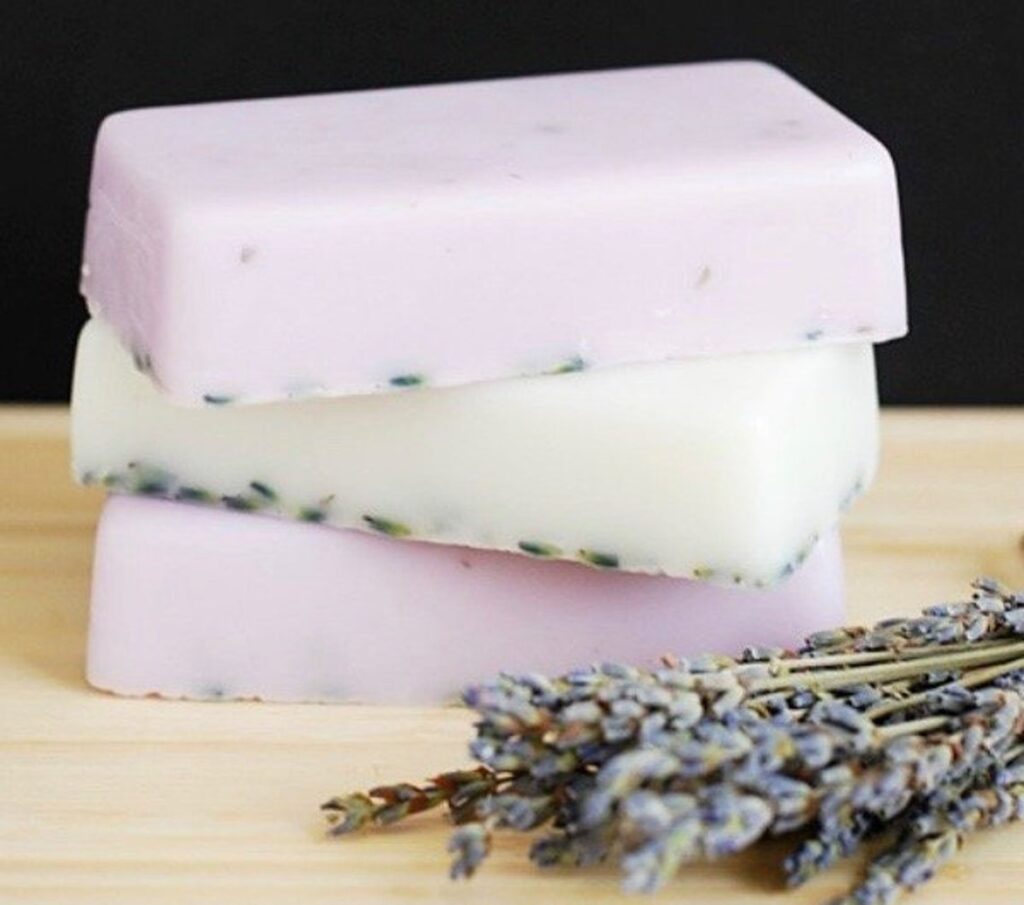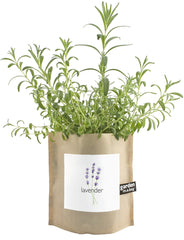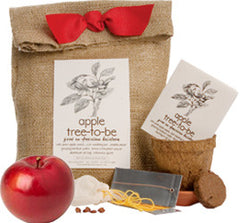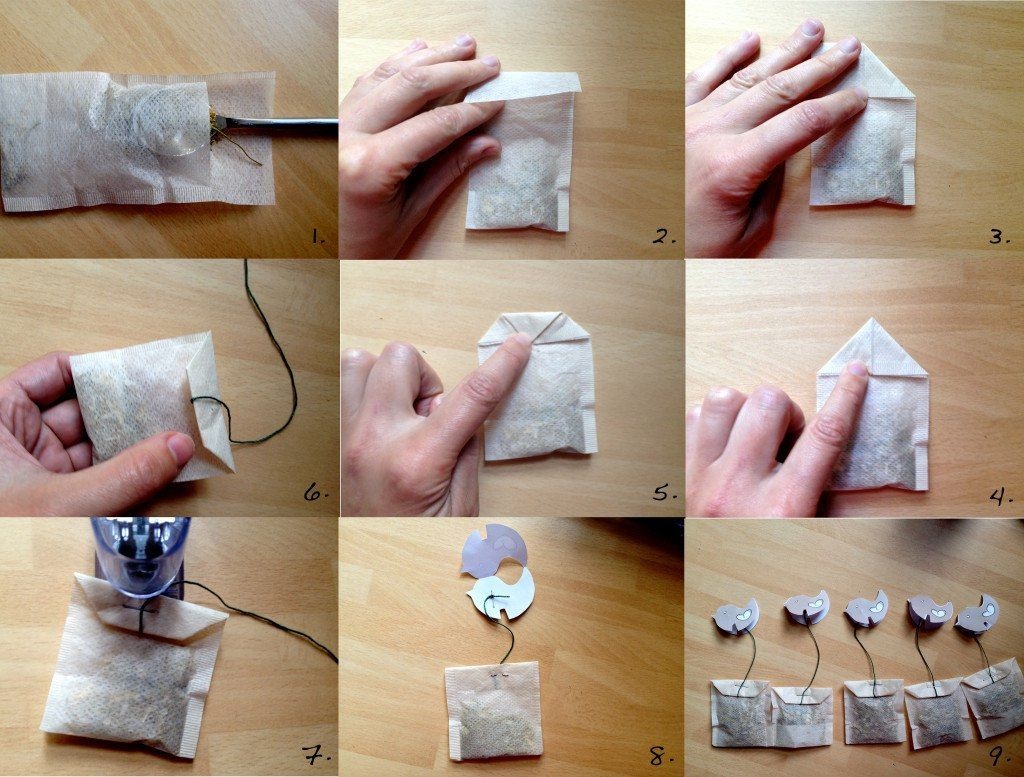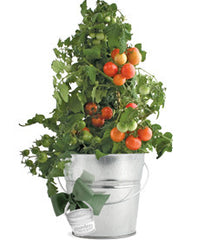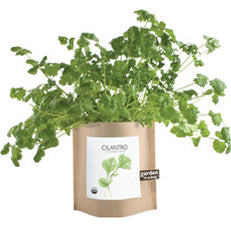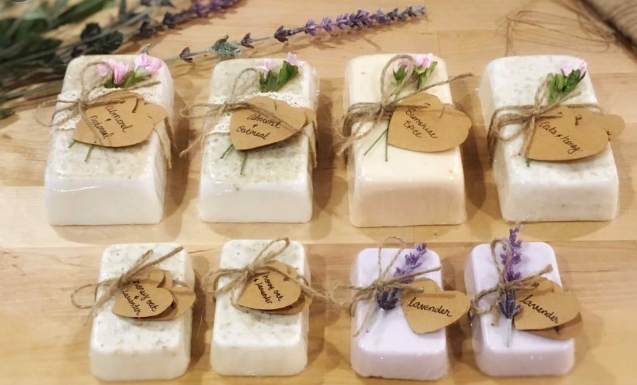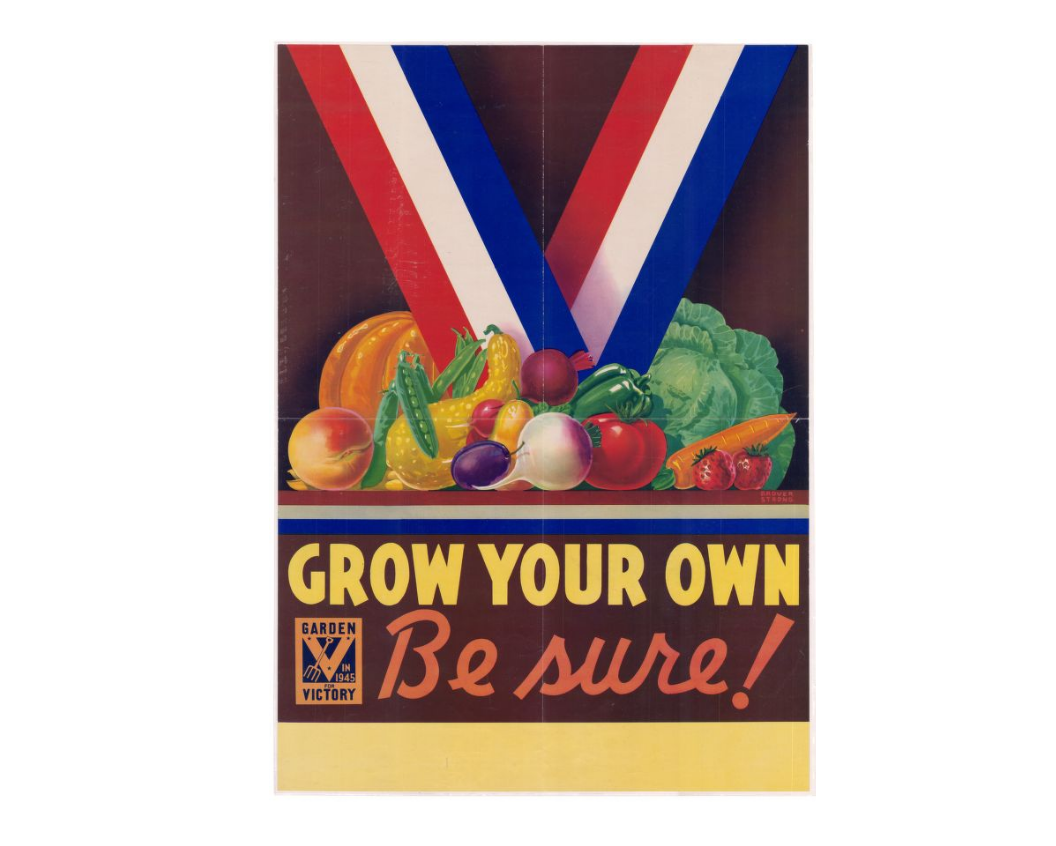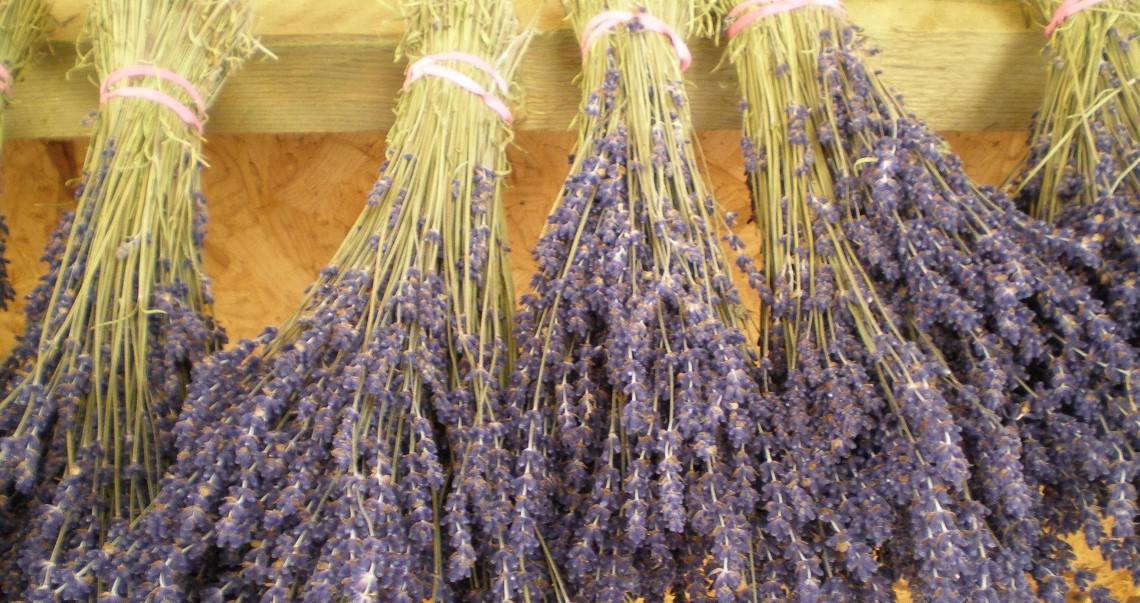How Goat’s Milk Is Healthier Than Cow’s Milk
Based on current research, listed below are some of the differences between goat and cow milk, which make goat milk generally the healthier choice:
– Composition of Fat globules: One of the more significant differences from cow milk is found in the composition and structure of fat in goat milk. The fat globules are 1/5th the size of those in cow’s milk. These smaller sized fat globules provide a better dispersion, and a more homogeneous mixture of fat in the milk
– Higher Amount of shorter-chain fatty acids in the milk fat of goats: Furthermore, glycerol ethers are much higher in goat than in cow milk which appears to be important for the nutrition of the nursing newborn.
– Alkalinity vs. Acidity: The reaction of goat milk is alkaline, the same as Mother’s milk. Cow milk produces an acid reaction. An acid environment promotes the growth of bacteria, fungi, and virus.
– Goat milk protein is more easily digested than cow milk protein:
— The curd in goat milk is small and light, hence easily digested. The curd in cow milk is large and dense. Goat milk is 2% curd (which precipitates in the stomach) as compared with 10% curd in Cow milk.
— This difference in curd tension is attributed to the low levels of alpha-s1-casein in goat milk, compared to cow milk. This is a key reason why goat milk is considered more easily digestible than cow milk.A softer casein curd with smaller flakes could be expected to result in more rapid digestion of milk proteins, and this was confirmed in vitro by Jasinka (1995). Human casein was completely hydrolysed, compared with 96% of goat casein and 76-90% of cow casein. This was attributed to the greater level of betacasein, and lower level of alpha-s1-casein, in human and goat milk casein.These results are not surprising when the impact of alpha-s1-casein is considered on cheese manufacture. A firmer curd is required for cheese manufacture in order to achieve desired consistency and yields, as with cow milk and its high level of alpha-s1-casein.
– Goat Milk Protein reduces the chances of contracting diabetes and other health problems: Goat milk contains A2 Beta-Casein, not the A1 Beta-Casein that cow’s milk contains. Recent research published in February, 2003 has implicated the protein A1 beta-casein as a trigger for Type 1 diabetes and other health issues (Elliott et al, 1999). Commercial efforts are now being made to select and farm cows which only contain A2 beta-casein, which is considered the safe variant of beta-casein. Goat milk only contains the A2 variant of beta-casein, and is therefore a natural choice for those seeking to avoid A1 beta-casein
– Natural Homogenization: Goat milk is already homogenized: The natural homogenization of goat milk is, from a human health standpoint, much better than the mechanically homogenized cow milk product. It appears that when fat globules are forcibly broken up by mechanical means,
it allows an enzyme associated with milk fat, known as xanthine oxidase to become free and penetrate the intestinal wall. Once xanthine oxidase gets through the intestinal wall and into the bloodstream, it is capable of creating scar damage to the heart and arteries, which in turn may stimulate the body to release cholesterol into the blood in an attempt to lay a protective fatty material on the scarred areas. This can lead to arteriosclerosis. It should be noted that this effect is not a problem with natural (unhomogenized) cow milk
– Superior micronutrient absorption compared with cow milk. Aliaga et al (in a study in 2000) compared the influence of goat and cow milk on digestion and utilization of calcium in rats. They found that goat milk enhanced calcium content of femure, sternum and Longissimus dorsi muscle over cow milk. In addition, they found a beneficial effect of goat milk on iron uptake. Similarly, Park et al (1986) showed that anemic rats fed goat milk had higher liver weights and efficiency of hemaglobin regeneration than those given cow milk, consistent with the greater bioavailability of iron in goat milk. Barrionuevo et al (2002) showed that goat milk increased the absorption and utilization of both iron and copper. They suggested that the higher levels of MCT’s (medium chain tricglycerides) in goat milk could account for the improved absorption of iron, and that the higher levels of amino acids cysteine and lysine could also be a factor
Sources:
Bernard Jensen. Goat Milk Magic, 1994.
Vickielynn Haycraft. Goat Milk Nutriton. Real Food Living.com
Aliaga L, Alferez MJM, Barrionuevo M, Lisobnona F and Campos (2000), Influence of goat and cow milk on the digestive and metabolic utilisation of calcium and iron. J Physiol Biochem 56:201-208.
Park YW, Mahoney AW, Hendricks DG (1986), Bioavailability of iron in goat milk compared with cow milk fed to anemic rats. J Dairy Sci 69:2608-2615.
Barrionuevo M, Alferez MJ, Lopez AI, Sanz SM, Campos MS (2002), Beneficial effect of goat milk on nutritive utilization of iron and copper in malabsorption syndrome. J Dairy Sci 85:657-664.
Elliott R et al (1999). Type I (insulin-dependent) diabetes mellitus and cow milk: casein variant consumption. Diabetologia, 42:292-296.
Prosser C et al (2003). Digestion of milk proteins from cow or goat milk infant formula. Abstract and poster paper presented at the New Zealand Pediatric Conference, Queenstown, August 2003.
Bevilacqua C et al (2001). Goats’ milk of defective alpha(s1)-casein genotype decreases intestinal and systemic sensitization to beta-lactoglobulin in guinea pigs. Journal of Dairy Research 68:217-227
Aliaga L, Alferez MJM, Barrionuevo M, Lisobnona F and Campos (2000), Influence of goat and cow milk on the digestive and metabolic utilisation of calcium and iron. J Physiol Biochem 56:201-208
Park YW, Mahoney AW, Hendricks DG (1986), Bioavailability of iron in goat milk compared with cow milk fed to anemic rats. J Dairy Sci 69:2608-2615.
Barrionuevo M, Alferez MJ, Lopez AI, Sanz SM, Campos MS (2002), Beneficial effect of goat milk on nutritive utilization of iron and copper in malabsorption syndrome. J Dairy Sci 85:657-664.
